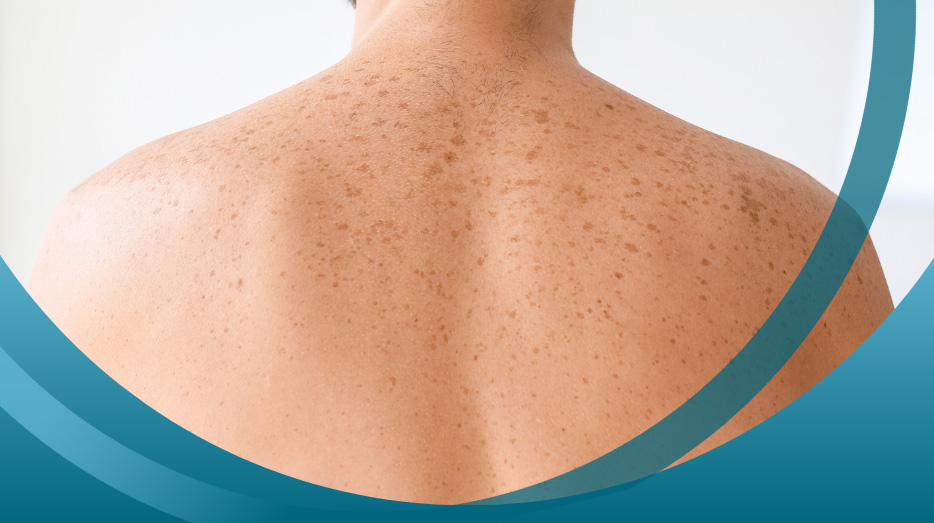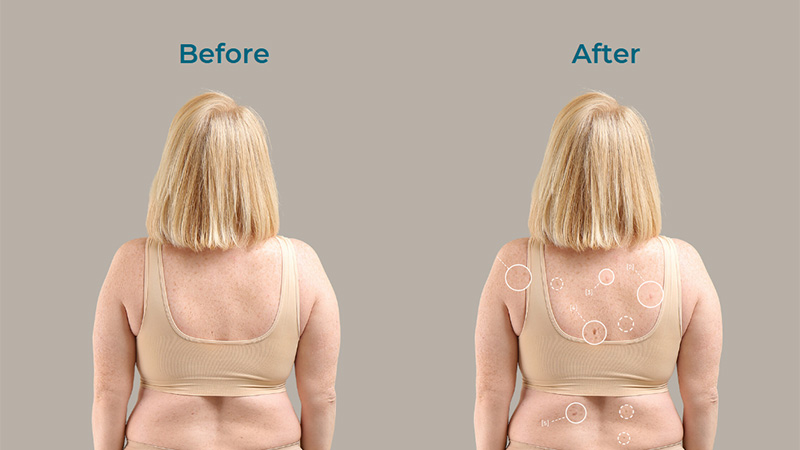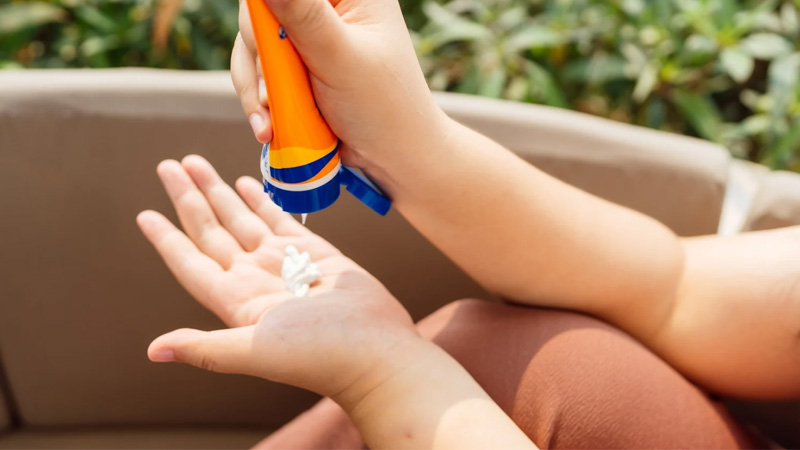Skin cancer is the most common cancer in Australia, with 1 in 2 individuals likely to get some form of skin cancer before the age of 70. While some individuals may be more at risk of developing skin cancer than others, there are proactive measures we can all take to minimise exposure to sun damage and reduce the risk of skin cancer.
Why protecting your skin matters
Skin cancer develops when abnormal cells in the skin grow uncontrollably, often due to overexposure to ultraviolet (UV) radiation. This can result in conditions ranging from basal cell carcinoma to melanoma. While the prognosis and treatment for different types of skin cancers vary, almost 2000 Australians die of skin cancer each year. There are, however, a number of ways to reduce your risk of developing skin cancer.
Skin cancer facts
- In Australia, two out of three people will be diagnosed with skin cancer by the age of 70.
- Each year, approximately 80% of diagnosed cancer cases in Australia relate to skin cancer.
- Sun exposure is the cause of most skin cancers, causing 95% of melanomas, and 99% of non-melanoma skin cancers.
- Basil Cell Carcinoma is the most common type of skin cancer, accounting for around 75% of skin cancer cases.
Understanding the risk factors
While anyone can get skin cancer, there are a number of factors which can increase the risk. Risk factors include fair skin, a history of sunburns, a personal or family history of skin cancer, having a high number of moles or certain health issues (such as a compromised immune system). Tanning, including using solariums or tanning beds can also increase the risk of developing skin cancer.
Top Tips to Protect Your Skin
While some risk factors are beyond our control, there are some clear actions we can take to reduce the risk of developing skin cancer.
- Use Sunscreen Daily
- Apply a broad-spectrum sunscreen with SPF 30 or higher. Reapply every two hours or after swimming or sweating.
- Seek Shade
- Avoid direct sun exposure and seek shade where possible when UV radiation is strongest.
- Wear Protective Clothing
- Cover up with long sleeves, wide-brimmed hats, and UV-blocking sunglasses when possible. You may consider purchasing SPF-rated hats and clothing.
- Avoid Tanning Beds
- Tanning beds expose your skin to concentrated UV radiation, which can increase the risk of cancer.
- Get Regular Skin Checks
- Perform monthly self-checks for new or changing moles and schedule professional skin assessments regularly. For those considered to be at high risk of developing skin cancer, full skin checks every six months are recommended.
If you notice changes in your skin, such as a new mole or alterations in an existing one, or if it’s been a while since your last skin check, don’t delay. Regular checks by a professional can assist with early detection of skin cancer, which can improve chances of successful treatment.
If you’re concerned about a particular skin lesion or simply think it’s time for a skin check, please book an appointment.
Disclaimer
All information is general and not intended as a substitute for professional advice.
References
- Mayo Clinic, Skin cancer, https://www.mayoclinic.org/diseases-conditions/skin-cancer/symptoms-causes/syc-20377605, [Accessed 5 December 2024]
- Cancer Council, Turning the tide of skin cancer, https://www.cancer.org.au/about-us/how-we-help/prevention/stories/turning-the-tide-of-skin-cancer, [Accessed 5 December 2024]
- Cancer Council NSW, About skin cancer, https://www.cancercouncil.com.au/skin-cancer/about-skin-cancer/, [Accessed 5 December 2024]
- Cancer Council, What is skin cancer?, https://www.cancer.org.au/cancer-information/types-of-cancer/skin-cancer, [Accessed 5 December 2024
- The Australian College of Dermatologists, Basil Cell Carcinoma (BCC), https://www.dermcoll.edu.au/atoz/basal-cell-carcinoma-bcc-2/, [Accessed 5 December 2024]





